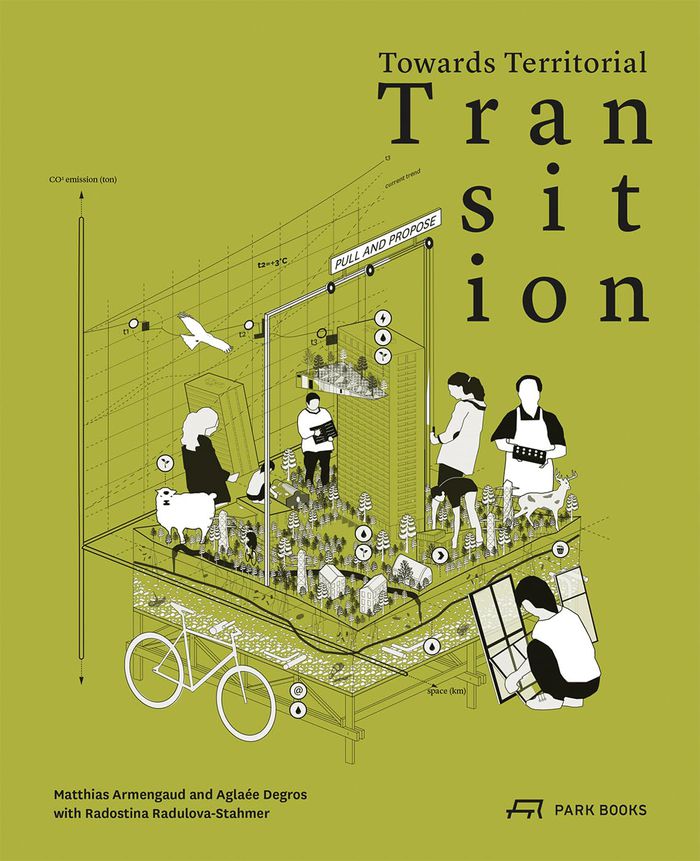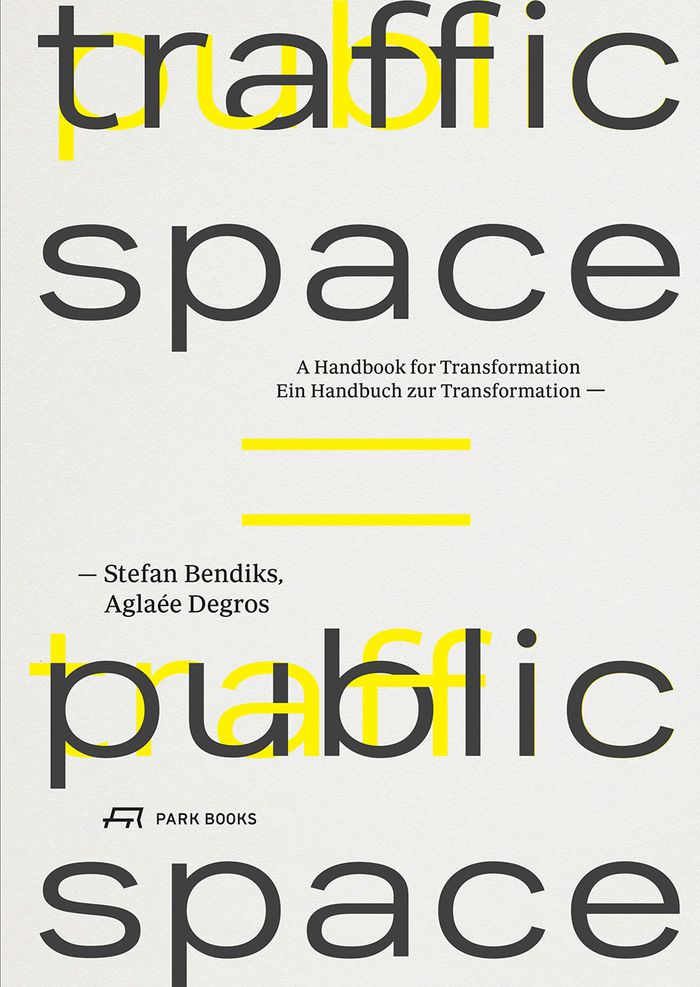$68.95
(disponible en magasin)
Résumé:
''Towards territorial transition'' presents new spatial strategies, concepts, and approaches for shaping large-scale and transnational developments in architecture and urban design towards decarbonization and ecological transition. The contributions investigate interactions between ecological and resource-related systems and landscapes. They also explore potential(...)
Towards territorial transition: A plea to large scale decarbonizing
Actions:
Prix:
$68.95
(disponible en magasin)
Résumé:
''Towards territorial transition'' presents new spatial strategies, concepts, and approaches for shaping large-scale and transnational developments in architecture and urban design towards decarbonization and ecological transition. The contributions investigate interactions between ecological and resource-related systems and landscapes. They also explore potential solutions to address and deal with the dramatic threats posed by climate change and the emerging social crisis. The book introduces six basic terms of territorial transition—territory, scale, transition, resource, platform, and uncertainty—and visualizes them with spatial strategies elaborated at the École nationale supérieure d’architecture Versailles and at Graz University of Technology. Moreover, it presents a selection of transnational projects of territorial transition, such as Luxembourg in Transition (Luxembourg / France), Grand Genève (Switzerland / France), and Top Noordrand (Belgium).
Architecture écologique
$57.95
(disponible sur commande)
Résumé:
Public space is an essence of urban life, of a city's living quality. The (re-) transformation of space today used by the dense traffic prevalent in urban areas into truly public space is a highly effective way to increase its quality and quantity in cities of all sizes and larger metropolitan areas. The starting point of any such increase is to ensure a better balance(...)
Traffic space is public space: a manual for transformation
Actions:
Prix:
$57.95
(disponible sur commande)
Résumé:
Public space is an essence of urban life, of a city's living quality. The (re-) transformation of space today used by the dense traffic prevalent in urban areas into truly public space is a highly effective way to increase its quality and quantity in cities of all sizes and larger metropolitan areas. The starting point of any such increase is to ensure a better balance between the various uses of space: more room for pause and the slow traffic of pedestrians and cyclists, less for handling of goods and the faster, passive mobility by car. Traditional planning principles in urban and traffic design will no longer do; new approaches and instruments are required. This new book introduces to the reader these approaches and instruments, affecting the actual design as well as the planning process, as creative strategies rather than as a rigid set of rules. It is about networking, co-production, involving local businesses, co-usage of space, circular metabolism, and an appropriate aesthetic. Using inspiring reference projects as well as their own work, architects and urban designers Stefan Bendiks und Aglaee Degros offer a forward-looking insight into how traffic space can become much needed public space.
Théorie de l’urbanisme

